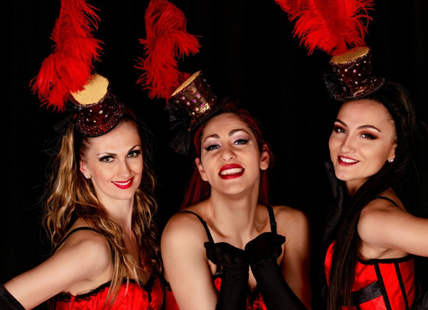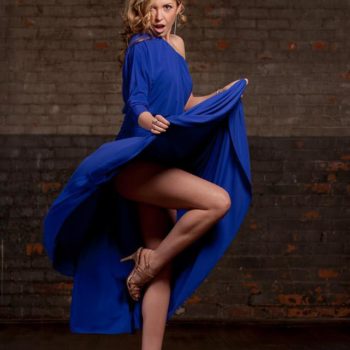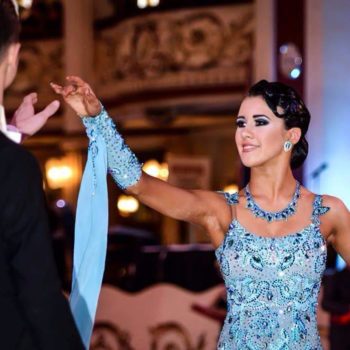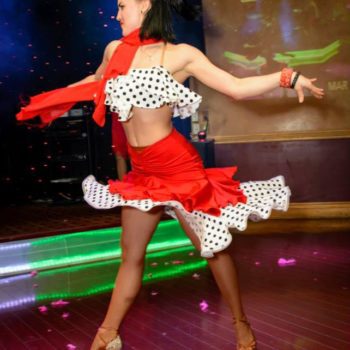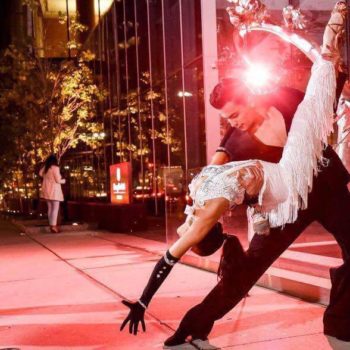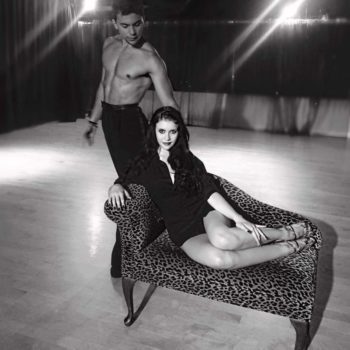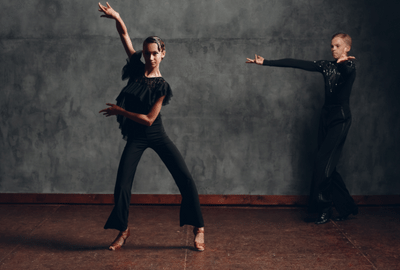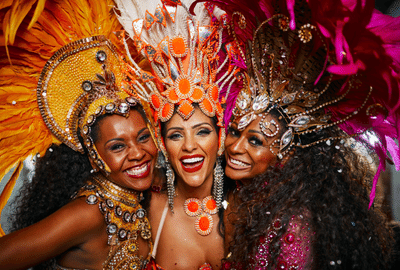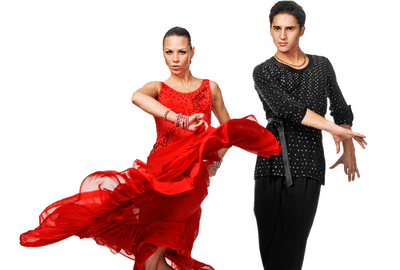DANCE WITH US ANYTIME, ANYWHERE!
Hire Dancers
Looking for dancers for your wedding, special event, music video or more? Hire a Performer. We have what it takes.
Find Local Dancers for Hire

Dancers For Events
If your looking to book dance entertainment at your corporate event, branding launch, wedding or more contact us.
Get Dancers For Your Event
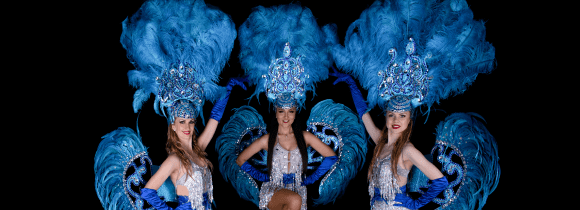
Order a call back
BOOK TOP DANCERS FOR EVENT
The dancers we hire for parties and other occasions are highly skilled and trained in all the most popular dance styles.
Ballet Dancers
The most talented ballet performers to recruit, including wedding ballerinas, LED ballet dancers, and rock ballet dancers.
Hire belly dancers
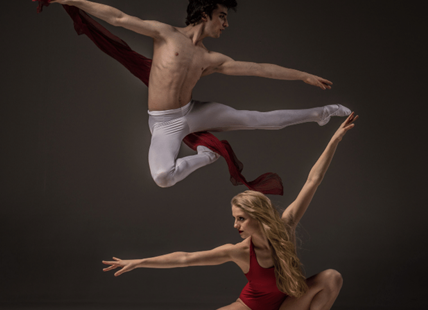
Hip Hop Dancers
Book with assurance and bring the beat to your wedding, party or event in Toronto when you hire hip hop dancers from Hips Don't Lie!
Hire bollywood dancers

Burlesque Dancers
Putting on a burlesque performance is a great way to capture everyone's attention at an event. Burlesque show in Totonto.
Hire contemporary dancers
